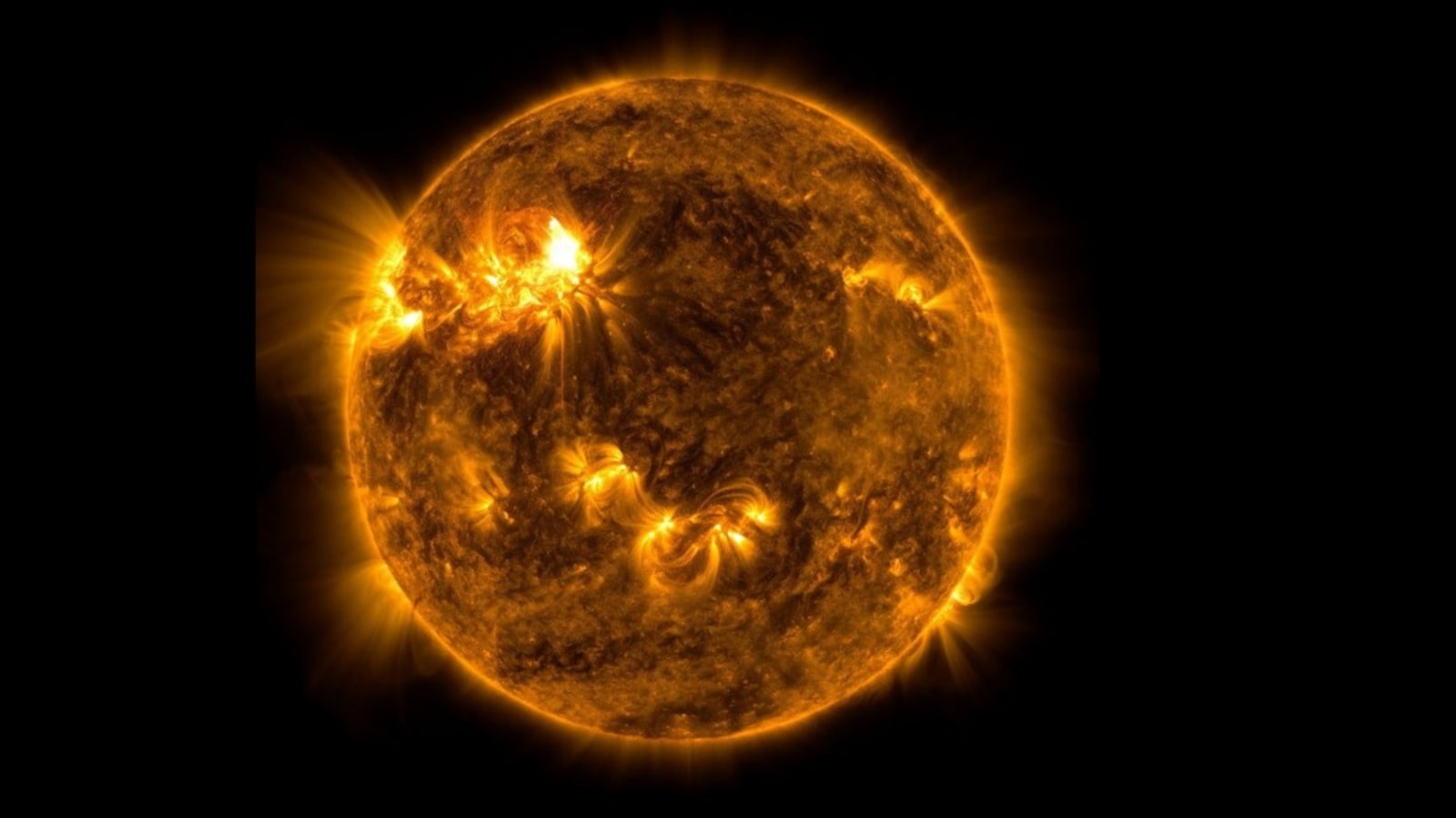Alert! Earth could be struck by powerful solar flares today; Know the danger
Sunspots AR3169 and AR3176 pose a serious threat from solar flares on the Earth today, December 29. Know how serious the impact can be.






 View all Images
View all ImagesAfter a relatively quiet Christmas period, the Sun has sprung back into action again. With just two days to the new year, Earth is now facing new threats of solar flares. Two new sunspots have emerged on the Sun named AR3169 and AR3176 which are prone to set off a massive explosion. There is a high possibility of the sunspots exploding today, December 29, and blasting the strongest X-class solar flares towards our planet. These solar disturbances can cause multiple challenges for us including GPS disruption, radio blackouts and even fluctuations in power grids. Read on to know more about the solar flare threat.
The development was reported by SpaceWeather.com which noted on its website, “NOAA forecasters say there is a 55% chance of M-class solar flares and a 15% chance of X-flares today. Sunspots AR3169 and AR3176 both pose a threat for such explosions. Neither is directly facing Earth, but they're close enough for radio blackouts and glancing-blow CMEs”.
Solar flare scare for Earth
An X-class solar flare is the strongest class of solar flares. These are powerful enough to not only disrupt GPS, wireless communications and radio waves but also damage power grids and sensitive electronics such as pacemakers and supercomputers. And while a solar flare needs to be extremely strong, the likes of which have not been seen since the Carrington event in 1859, to actually damage surface level electronics, a major blow to the radio waves and other wireless communications can also have dangerous consequences.
With the new year just days away, airlines are at their busiest period of the year. And if a solar flare strikes the Earth at this time, it can impact radio signals and GPS, causing many flights in the radiation exposed area to fly blind. This can also cause delays and cancellations of flights. So, if you're planning to travel today or tomorrow, make sure to check your flight schedule before you head out.
DSCOVR satellite's role in solar weather monitoring
NOAA monitors the solar storms and Sun's behavior using its DSCOVR satellite which became operational in 2016. The recovered data is then run through the Space Weather Prediction Center and the final analysis is prepared. The different measurements are done on temperature, speed, density, degree of orientation and frequency of the solar particles.
Catch all the Latest Tech News, Mobile News, Laptop News, Gaming news, Wearables News , How To News, also keep up with us on Whatsapp channel,Twitter, Facebook, Google News, and Instagram. For our latest videos, subscribe to our YouTube channel.





























